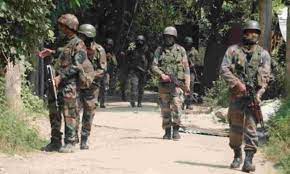What Are The Naga Ceasefire Agreements?

The centre has extended the ceasefire agreements between the Central government and three Naga groups by a year which was signed on 19th April 2022.
- The Naga groups include National Socialist Council of Nagaland-NK (NSCN-NK), National Socialist Council of Nagaland-Reformation (NSCN-R) and National Socialist Council of Nagaland-K-Khango (NSCN-K-Khango).
- All these groups are breakaway factions of National Socialist Council of Nagaland (NSCN-IM) and National Socialist Council of Nagaland-Khaplang (NSCN-K).
- This agreement is a significant boost to the Naga peace process and in line with Prime Minister of India’s vision of ‘insurgency free, prosperous North East’.
- In September 2021, the Centre had entered into a one-year ceasefire agreement with the National Socialist Council of Nagaland (K) Niki Group.
- The Centre had earlier signed a “Framework Agreement” with the NSCN (IM) in August 2015.
- After India became independent in 1947, the Naga territory initially remained a part of Assam.
- In 1957, after an agreement was reached between Naga leaders and the Indian government, the Naga Hills region of Assam and the Tuensang frontier division to the northeast were brought together under a single unit directly administered by the Indian government.
- Nagaland achieved statehood in 1963, however, rebel activity continued.




